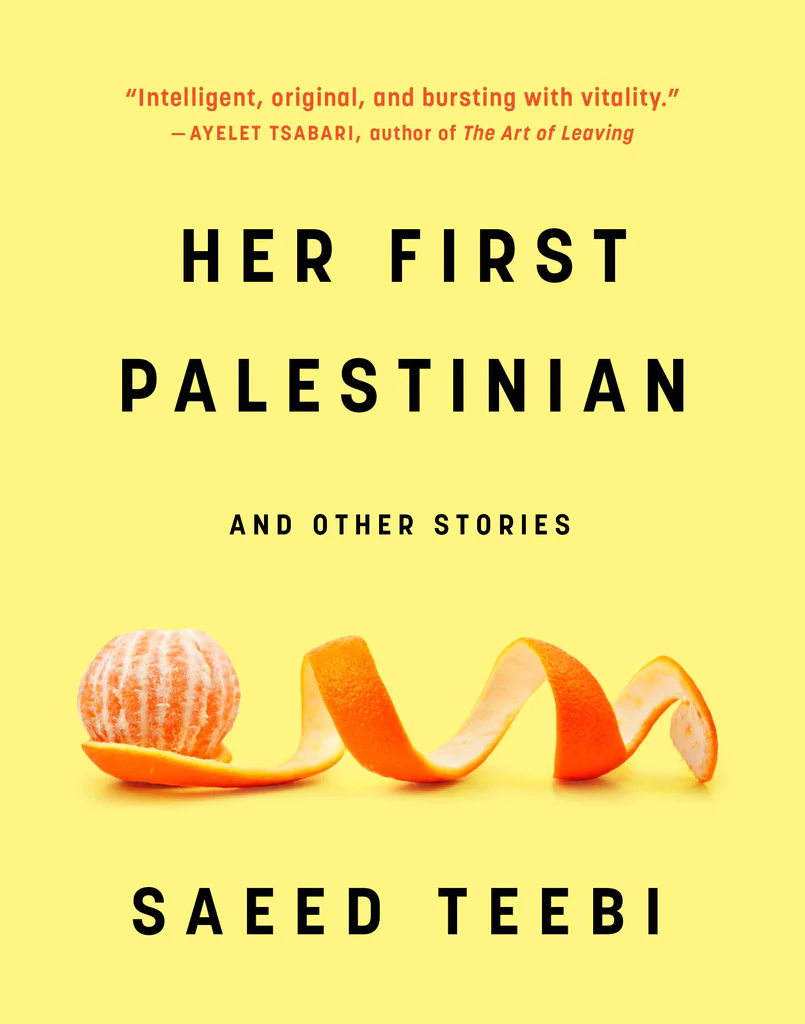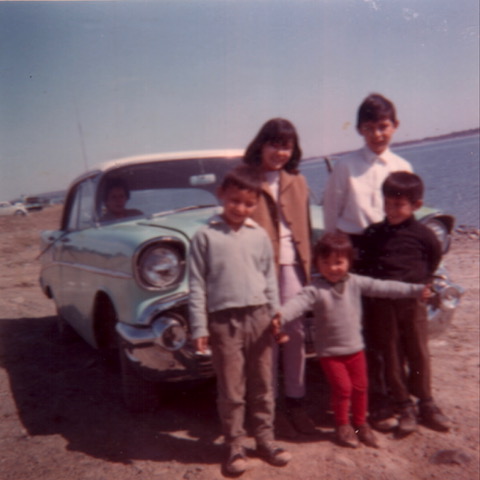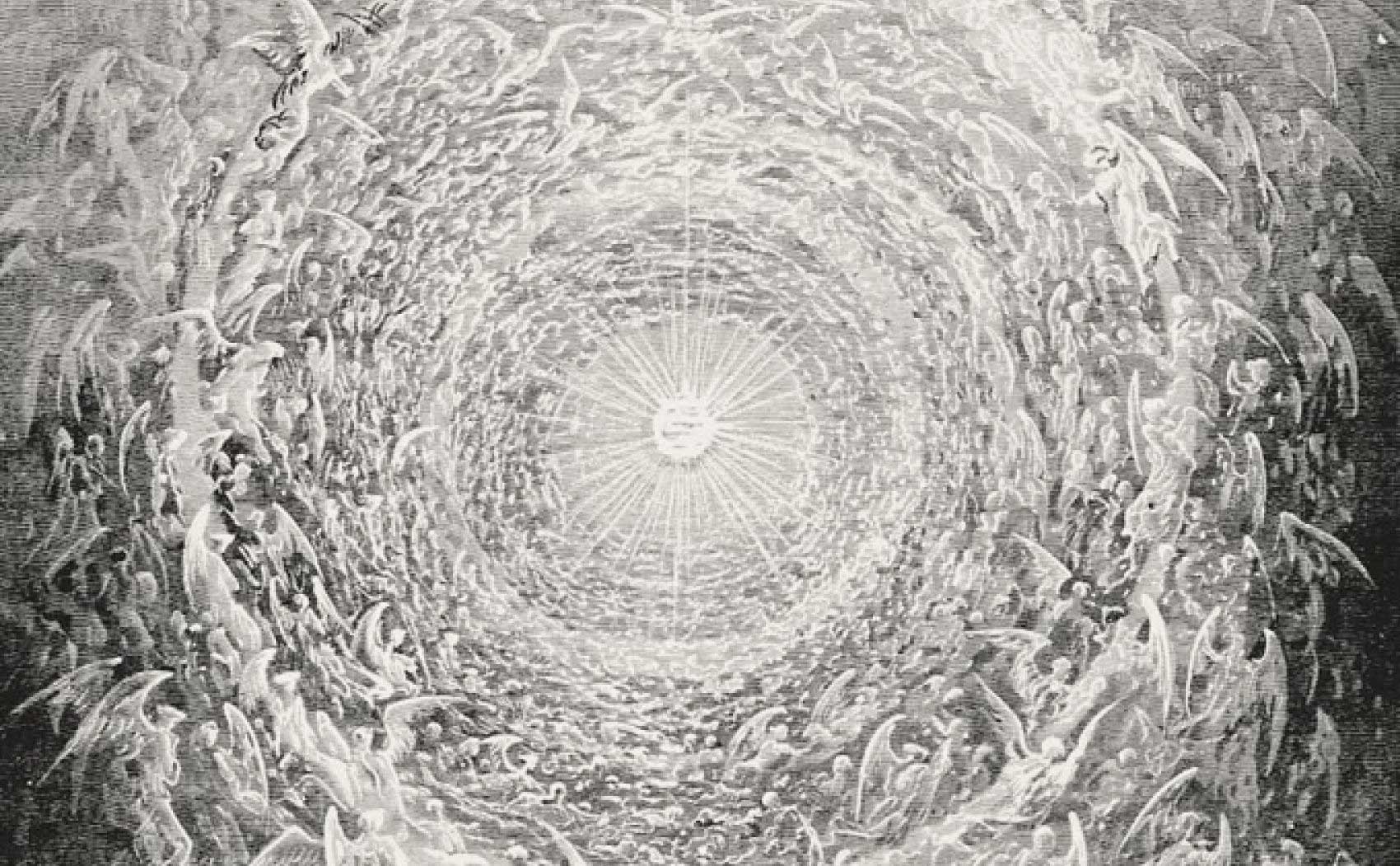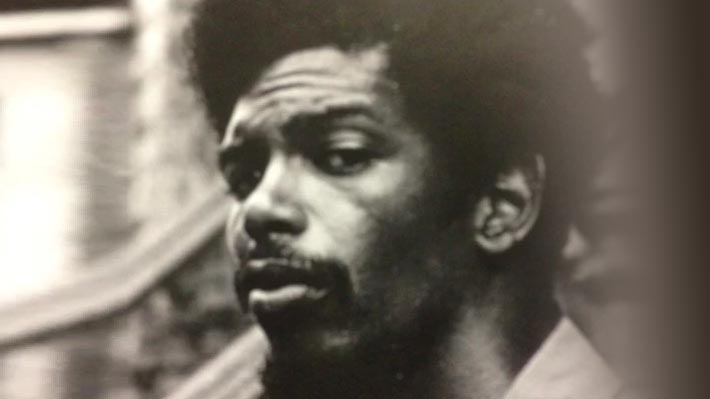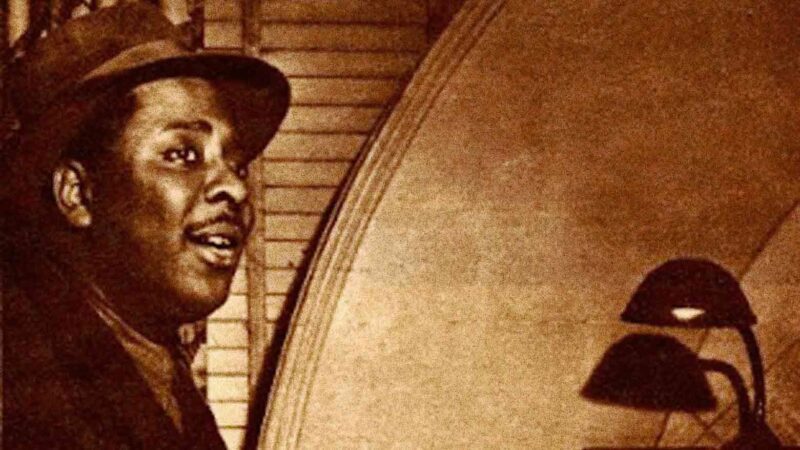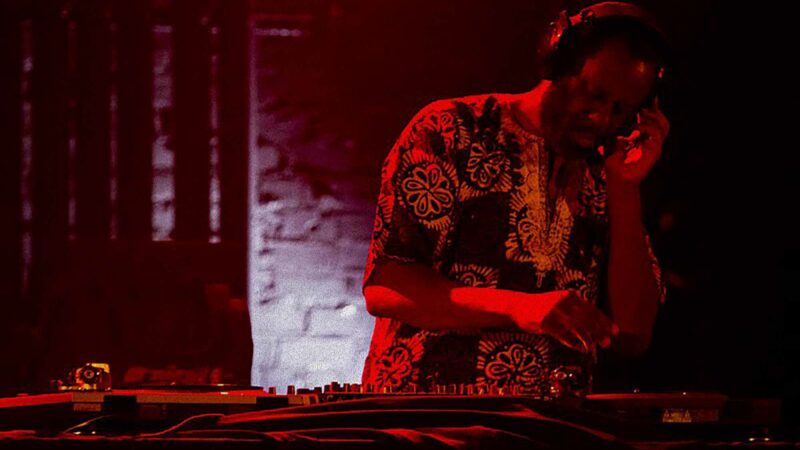When I was in class three, I remember reading a story about Guru Nanak which spoke about his perplexity with the discrepancy between the rich and the poor, the haves and the have nots. The story narrated his bewilderment with the status quo of society and the inability of his father to explain inequality in society. Twenty five years down the line, the perception of differences in society as well as in the diversity of life continues to strike me as hard as it did during those formative years. And I, like many millions like me, see it manifested all over.
The overwhelming differences in the lifestyles of ‘high society and low society’ folks, the differences between those who speak in English in India and those who do not, the gaps between urban India and rural India, the chasm between those in power and R K Laxman’s common man, the discrimination between different races and a very strange unwillingness to accept Darwinian principles that has led to a very damaging relationship between man and animals based on perceived notions of superiority and inferiority.
I start from the last one since I have a special interest in the topic. It is a matter of regret that most of us would rather seek to believe than know when it comes to evolution and even today, in the world’s most prosperous country, there are ongoing debates on whether man is God’s messenger or ascended from Apes. This notion of man being separate from the rest of nature and termed ‘speciesism’ by the philosopher Richard Ryder has led to us thinking ourselves as divine beings who can do whatever they like with other sentient creatures and the rest of nature. “They are animals, we are humans,” the thought goes, ignoring the fact that the word ‘animal’ is derived from the Latin word ‘anima’ which means soul and therefore any creature, including Homo sapiens that has a soul is an animal. And this difference between ‘them and us’ has granted us the licence to do with animals and nature what we please. As Carl Sagan and Ann Druyan eloquently expostulated in their book ‘Shadows of Forgotten Ancestors’, “Humans ―who enslave, castrate, experiment on, and fillet other animals—have had an understandable penchant for pretending animals do not feel pain. A sharp distinction between humans and “animals” is essential if we are to bend them to our will, make them work for us, wear them, eat them—without any disquieting tinges of guilt or regret (…) They are just too much like us.” But perhaps the lack of understanding between them and us is not quite that inexplicable when you consider how humans have historically treated their own fellow beings.
Take for example, the great debate surrounding corruption in India and the arguments for and against a Lokpal Bill. Fasts, regardless of their desirability have suddenly permeated the social consciousness and the populace appears to be sharply divided between ‘them’, the government versus ‘us’, the citizens. But how about the fact that ‘they’ the government representatives were elected by ‘us’, in the world’s largest democracy, a notion that we never tire of emphasising? And where are the landless peasants and tribals and villagers in the rhetoric of anti corruption that is currently swaying the country? Is it possibly again a frightening manifestation of the Orwellian dictum envisaged in ‘Animal Farm’ so long ago that ‘All animals are equal but some animals are more equal than others’? It may very well be that we the people have challenged them, the government representatives, but even among us, not everyone has an equal voice and footing to express our thoughts and ideas on a happy and healthy existence.
Talking of identities, one cannot but ignore the fact that the most immediate impression(and sadly more often than not, a conclusion) is drawn from physical appearance. Black and white, yellow and brown, these appearances all contribute to the perceptions of ‘them and us’ in civil society. The anthropologist Desmond Morris described it as a reflection of ‘in groups and out groups’ in a book entitled ‘The Human Zoo’. These physical differences sometimes are so deeply rooted in our consciousness that we invent terms like ‘African American’, ‘Ethnic minority’, “British Asian etc.’
I recently had the opportunity of watching a very enlightening debate on British politics featuring Nick Griffin, the leader of the British Nationalist Party that draws a sharp line of distinction between ‘them ‘ and ‘us’ on the issue of who is British and who is not. During the course of the debate, a young girl stated that if one went by the ‘Out of Africa’ hypothesis, then every human being, including a white British individual, represents ethnic minorities. It was a brilliant argument and reminded me of an essay called ‘Gaps In the Mind’ by Richard Dawkins where he says that if you could form a line by conjoining ancestors, it would not be very far back in time when a human form will hold hands with an ape, a position already outlined previously.
But even apart from physical appearance and the species barrier, there are other forms of barriers. For example, English speaking urban people and vernacular language speaking rural people in India. From my personal experience, I have to admit that as a student I would disavow and disassociate myself with Bengali literature, Bengali culture, Bengali scholars and achievements because I felt that my English medium school education had proved it beyond a shadow of a doubt that Western civilisation was superior to ours, if we had any at all. So therefore, any student of my age, studying in a Bengali medium school, would be the object of contempt or snide remarks, something I really do regret today. My perceptions changed after reading Tagore’s autobiography where he thanks his brother for having instilled in him a love for his mother tongue. It was a very poignant realisation for me and the breaching of the barrier between ‘them and us’ based on language opened a whole new world for me to explore and many new individuals to discover and befriend. It was a fabulous discovery to comprehend the fact that individuals who do not talk in swanky English can have the most exalted ideas that we so often associate solely with the West.
A very interesting commentary on the notion of them and us has been laid out in a book called ‘Reason Before Identity’ by Amartya Sen. Sen humorously writes about an incident whereby one of his professors went to attend a function and asked one of his colleagues about the people in the audience. “Who are these people?” the gentleman questioned and the reply he got was, “Well, logical positivists mainly”. I found that anecdote hilarious but deeply insightful. As Amartya Sen says, we are not just Indian and Canadian, black and white, Westerner and Asian but we are also fathers, mothers, teachers, students, friends, vegetarians and non vegetarians, Western Classical music aficionados and pop song fanciers, cricket fans and football admirers, admirers of poetry and worshippers of prose, in short we have multiple identities that would raise questions on traditional divisions based on ‘Them and us’ because all these affiliations could justifiably be used for coteries and clubmanship as stringently as race and ethnic and economic background.
Carl Sagan, in a lecture called ‘The Age of Exploration’ indicated that the very notion of aliens implied a derogatory aspect for those who were unknown to us. “We are human, they are not, we represent the standard of living, they do not’, was the gist of what he wrote. And we see examples of that philosophy making itself felt in every section of society. How many times have we heard the assertion that people of a different religion, caste or economic status are ‘sub human’?
So far what I have outlined represents a largely negative perspective of how humans treat each other and the rest of nature based on ingrained perceptions of ‘them and us’, perceptions that are very deeply rooted indeed. But throughout history there have been some extraordinary examples of individuals who have tried to bridge this divide. Take for example, Phil Wollen, an Australian banker who has come out of his cushy corporate success to fight for social justice and the rights of nature. I met Phil recently during a trip to China and was amazed that he could have voluntarily eschewed the kind of lifestyle he would have been entitled to if he had pursued the path of relentless profit minded motives. He is one man who has done so much to alleviate real and perceived differences between them and us and since he hails from India, he merits a special place in my heart.
I have also been extremely heartened in recent times by the work of individuals like Binayak Sen working for impoverished tribals in Chattisgarh and in a very different context, the courage and determination exemplified by the work of Alan Rusbridger, the editor of The Guardian. Both of them tirelessly strive to give voice to those who are marginalised. Both Sen and Rusbridger have come to the limelight in recent times for their activities and have courted widespread support for their convictions.
As someone very keenly interested in how the media draws a distinction between them and us, I was particularly impressed by Alan Rusbridger’s Hugh Cudlipp lecture last year called ‘Does Journalism exist?” where he said the following : “There is an irreversible trend in society today which rather wonderfully continues what we as an industry started – here, in newspapers, in the UK. It’s not a “digital trend” – that’s just shorthand. It’s a trend about how people are expressing themselves, about how societies will choose to organise themselves, about a new democracy of ideas and information, about changing notions of authority, about the releasing of individual creativity, about an ability to hear previously unheard voices; about respecting, including and harnessing the views of others. About resisting the people who want to close down free speech.”
Many changes in society are the result of conversations, verbal and written with those we deem as ‘others’. Preconceived notions can be brought under the scanner if we are willing to move out of our comfort zones. The death of my friend and colleague Shehla Masood, who was fighting to expose corruption in tiger conservation efforts and civil society has made me realise that hatred and anger based on ideas of ‘Them and Us’ are still deeply rooted in society.That is why I deem it very important to give voice to alternative ideas so that ultimately as a teacher of mine once commented, we realise that “We are them and they are us.”


